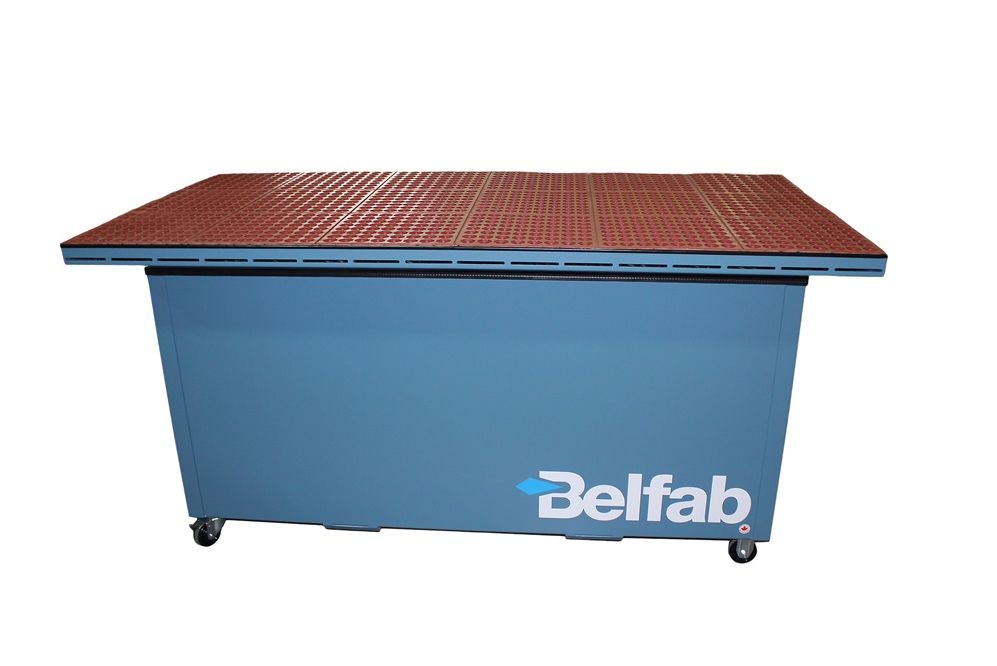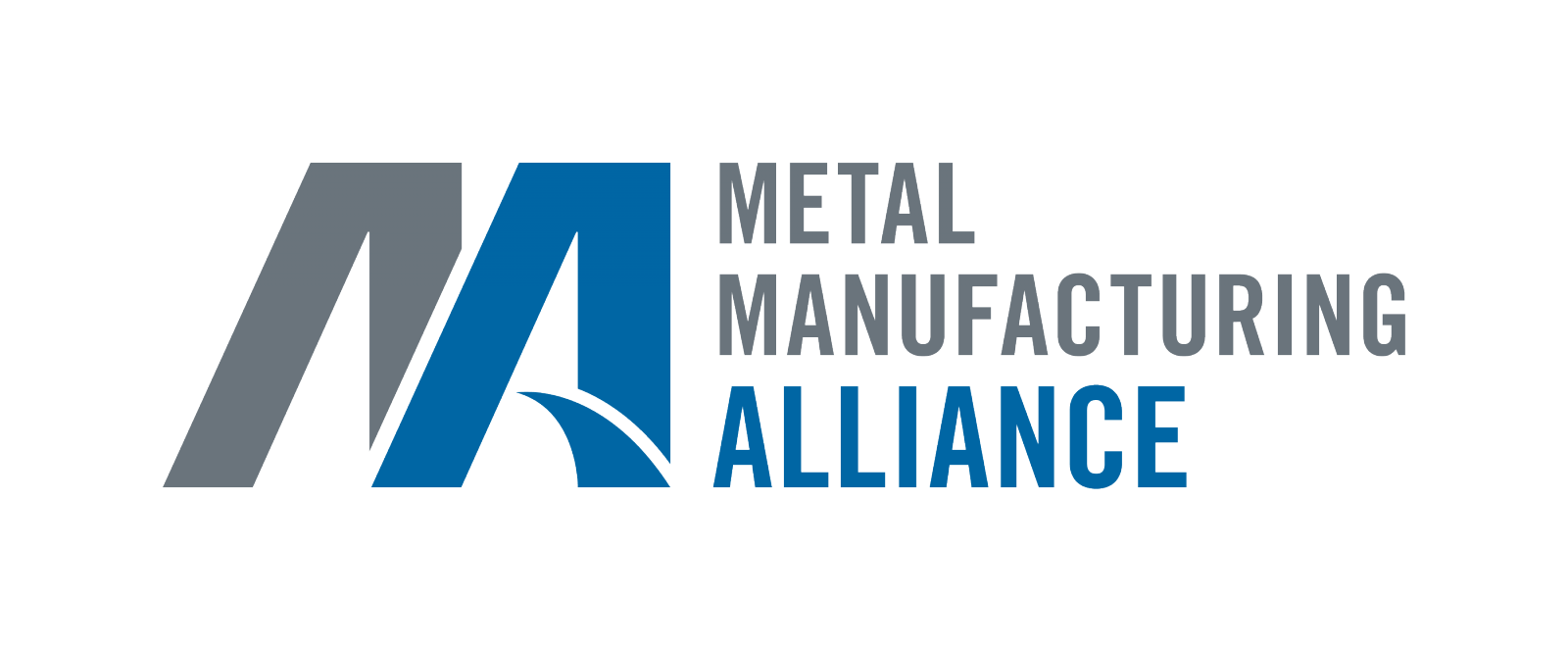
Dust management is of crucial importance in terms of safety, efficiency and compliance with standards. Downdraft tables offer a comprehensive solution for effectively controlling the dispersion of particles associated with woodworking activities.
What do downdraft tables do?
Downdraft tables are designed to effectively eliminate airborne dust generated by woodworking operations. They integrate a ventilation system into the table’s structure, exploiting an airflow that efficiently captures and controls particles, fumes and other airborne debris.
The operating mechanism: an innovative process
Downdraft tables are divided into five operating mechanisms:
-
The area where carpentry work is carried out represents the operational surface.
-
The exhaust system draws contaminants and dust toward the table bottom, thanks to its negative pressure area.
-
The tables are equipped with various filter types, such as filters designed to trap airborne particles.
-
The tables contain a fan/blower that optimally supplies the entire air system. This fan ensures optimum airflow, collecting dust.
-
The tables have a purified air return mechanism. This reintroduces the filtered air into the working environment.
Ineffective dust management can be dangerous and damaging to health
Dust management is essential in woodworking. It is not just a nuisance; it is a real threat to your health. Indeed, very fine dust particles cause respiratory problems and exacerbate asthma for some people. In addition to health problems, dust represents a fire hazard if not properly controlled. This is why downdraft tables are so important as they capture dust at the source. The working environment is both safer and more secure for users.
Downdraft tables, advantageous in every way
1. Downdraft tables greatly improve cleanliness in the working environment. This translates into improved productivity and reduced operational risks.
2. Downdraft tables significantly improve worker safety and reduce risks thanks to their efficient capture of wood particles.
3. Downdraft tables play a key role in the long-term preservation of machines by keeping them dust-free and contributing to equipment protection, . This extends their lifespan.
4. The tables comply with the strict guidelines issued in several regions concerning air quality on work sites.
5. Superior part quality is enhanced by dust and particle-free environments. The finish is also improved.
6. The tables are highly versatile and can be adapted to a wide range of joinery functions.
7. Dust management using downdraft tables is part of an environmentally responsible approach.
A range of features to suit all tastes
Workspaces and woodworking needs differ from one person to another. Fortunately, downdraft tables can be adapted to any environment since they feature adjustable functions. All you need to do is consider the size of the workspace required, the nature of future projects and the specific needs of daily operations.
A long-term investment
Choosing a downdraft table is more than just a simple purchase: it is a solid commitment to the user health, while reinforcing product quality and efficiency. The tables create a more hygienic, safer and effective environment by efficiently controlling the dust generated by woodworking activities.
.jpg)





